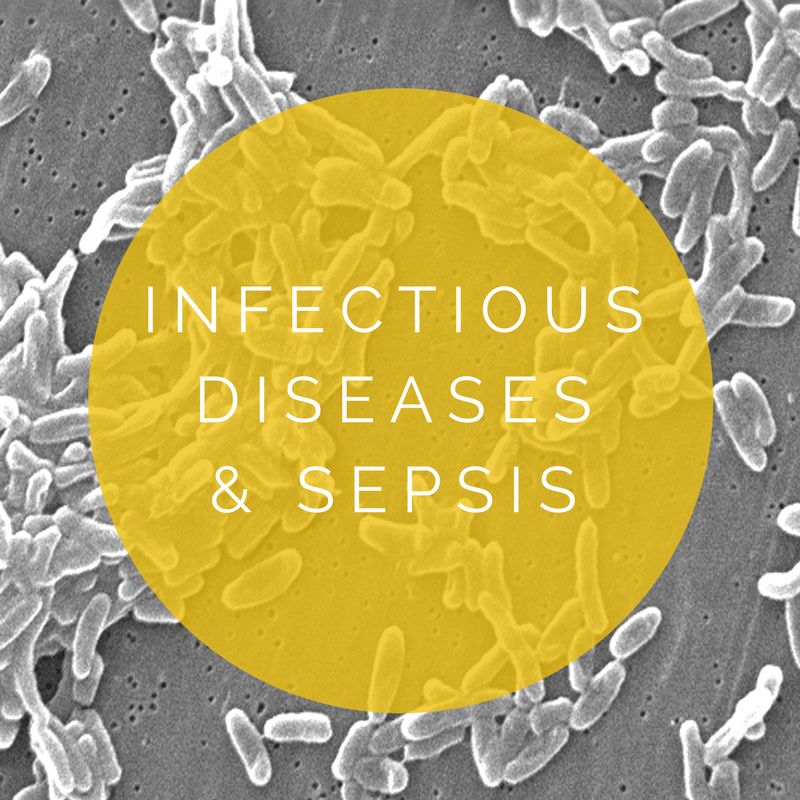Cardiology
AIMS FOR THE WEEK
Employ a structured approach to ECG interpretation
Describe coronary artery anatomy and its relevance to the ECG changes in MI
Discuss the management of ACS including NSTEMI, STEMI and unstable angina
Understand the coronary conduction pathway and discuss its relevance in arrhythmia
List a differential diagnosis for chest pain
Describe and implement the ALS tachy and bradyarrhythmia protocol
Identify the features differentiating cardiac syncope from other causes of syncope
Recognise subtle ECG changes indicating major pathology
Describe the mechanism of action and indications for anti-arrhythmics
Brush Up
Brush up your knowledge of cardiac anatomy, physiology, as well as having a structured approach to ECG recognition.
MI BASICS
.....and some more advanced stuff
Chest pain represents a huge part of our work load in the ED. We all know what a STEMI looks like, but are you always sure what region is involved and which is the culprit vessel?
And what about LBBB? If it’s new it could represent an MI, but what about the patient with known LBBB who presents with central crushing chest pain. Is it their angina or is it an acute event? Are you just going to wait for their Troponin before treating them? Knowledge of the Sgarbossa criteria (there are only 3) might help you make that call earlier!
Then there’s the STEMI mimics… what is “high take off?” and how can I tell it’s not an MI?
However major MI can have much more subtle ECG changes, what about a posterior MI or Wellen’s syndrome which can signal impending doom, could you spot it on ECG? We need to ensure that we are not missing these very important early harbingers of doom by not knowing about them.
Cardiogenic Shock
What about when the proverbial hits the fan and the patient goes into crashing cardiogenic shock, they’re overloaded but hypotensive!!! The management may well involve sympathomimetics. Do you know the different types, how they work and when they are used?
Also have a look at this video from'EMin5'.
Collapse ?Cause
Syncope and palpitations are extremely common presentations with a wide variety of causes, including several cardiac causes. It’s also worth brushing up on the ALS bradyarrhythmia and tachyarrhythmia algorithms, and have a look at the 5 minute video below (EMin5). Do you also know the differentials for syncope (cardiac and otherwise) as well as how it might be investigated.
CARDIOLOGY DRUGS
We all know what beta blockers and calcium channel blockers do, the clue is in the name, but what are their mechanisms of action, and how does amiodarone work?





















